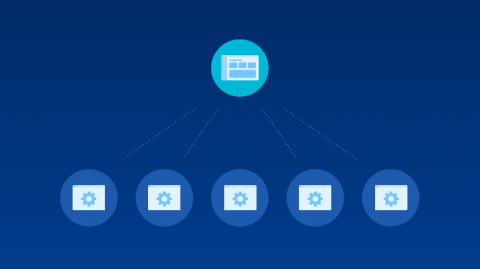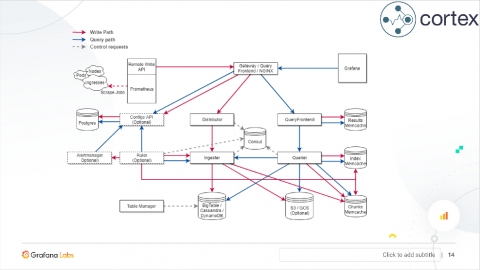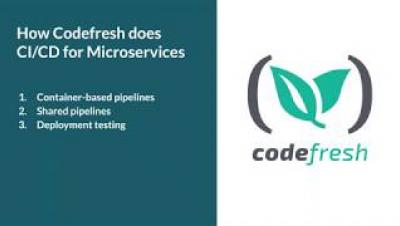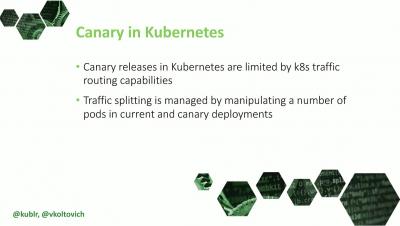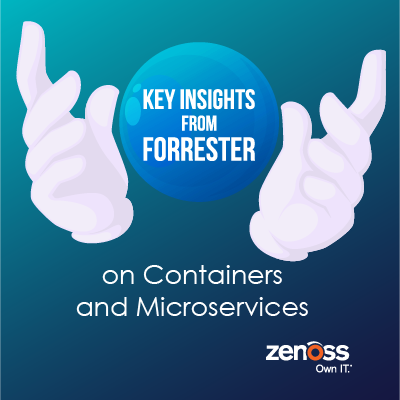Monolith to Microservices: Is Your Organization Ready?
Transitioning from a Monolith to a Microservices architecture can take years to complete. The internet is full of stories of companies famously making this transformation. But how do you know if it’s right for your organization? Is your organization ready? In this article, we will look at five questions you can ask to see if you’ll benefit from a Microservices architecture. We’ll also discuss five challenges you will face during this transformation.


